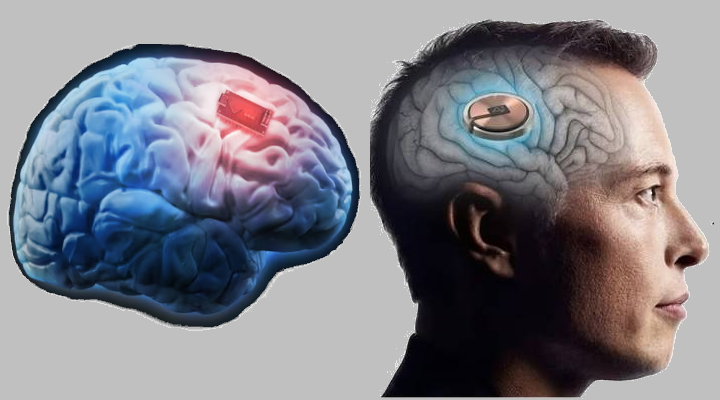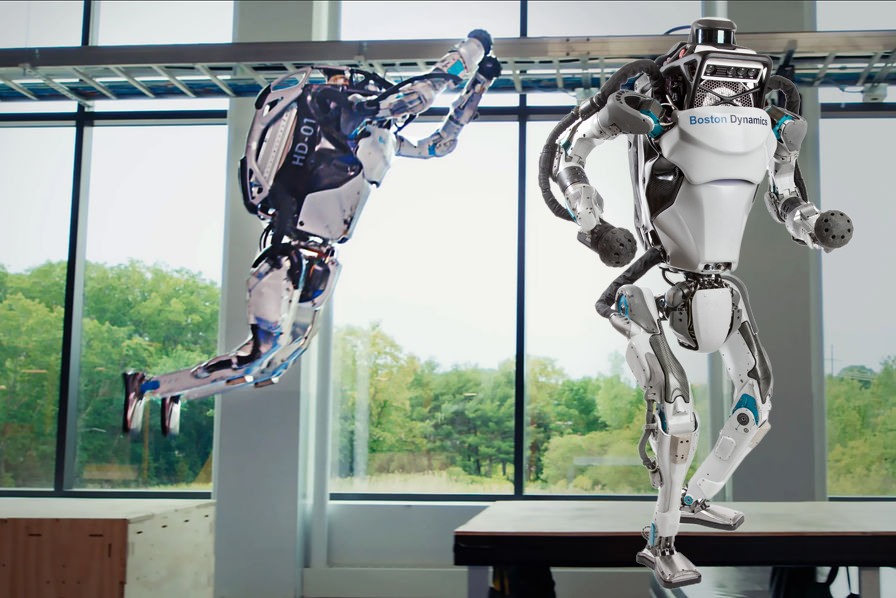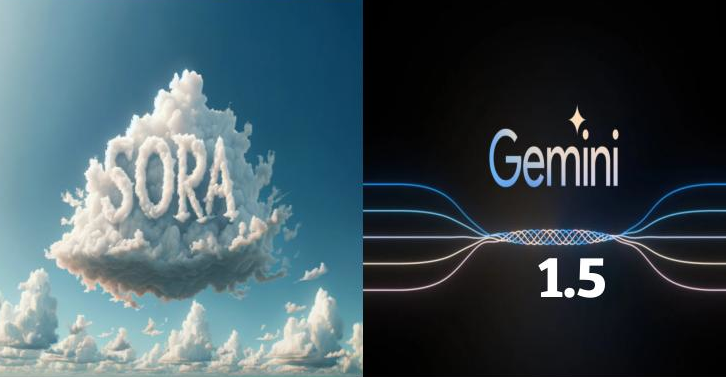In the summer of 1956, a historic conference at Dartmouth College laid the cornerstone for a new and ambitious field, which its organizer, John McCarthy, named "Artificial Intelligence." McCarthy was not alone; he shared this vision with other pioneers such as Marvin Minsky, Allen Newell, and Herbert A. Simon.
Their core philosophy centered on the idea that human intelligence, in all its complexity, could be described with enough precision for a machine to simulate it. These founders operated on the premise that intelligence stems from logic and the symbolic representation of knowledge, where "thinking" machines could be built by providing them with organized knowledge and logical rules from which to deduce information in a way that is both interpretable and controllable.
Their efforts were concentrated on what is known today as "Symbolic AI" or "Good Old-Fashioned Artificial Intelligence" (GOFAI). However, this approach faced a major obstacle; these systems were brittle when confronted with the real world, which is full of ambiguity and unstructured data. They also required the manual programming of every rule, making them incapable of scaling or learning from experience and data.
With the proliferation of computational power and the availability of vast amounts of data, the dawn of a completely different approach emerged: machine learning and neural networks. The early founders viewed these techniques as mere statistical tools, believing them incapable of producing true intelligence because their decisions could not be explained with the same clarity as the approach they followed. In contrast to symbolic logic, these technologies do not rely on pre-programmed rules but instead "learn" patterns and relationships directly from data.
Although the idea of neural networks, inspired by the structure of the human brain, had existed since the days of the pioneers, it did not flourish until the necessary computational power became available to train massive models—a process known today as "deep learning." It is this paradigm that has directly led to the revolution we are witnessing today, as advanced AI systems like OpenAI's ChatGPT and Google's Gemini are not products of symbolic logic, but rather the fruits of the evolution of neural networks and their extraordinary ability to process natural language.
Thus, the founders of artificial intelligence did not reject the idea of machine learning, but they viewed it from a purely logical perspective and did not imagine that intelligence could emerge from the statistical analysis of data.
Although their symbolic approach did not achieve the practical success of deep learning, their ideas about logic and interpretation have not entirely faded. It would be a mistake to repeat their error and not give other methods a chance. There are serious attempts to develop hybrid intelligence, a fusion that combines the ability of neural networks to learn from data with the capacity of symbolic AI for clear, logical reasoning. This endeavor aims to achieve an artificial general intelligence that not only recognizes patterns but also understands, infers, and explains its decisions, thereby fulfilling the dream of the early pioneers, but with tools they never could have imagined.









